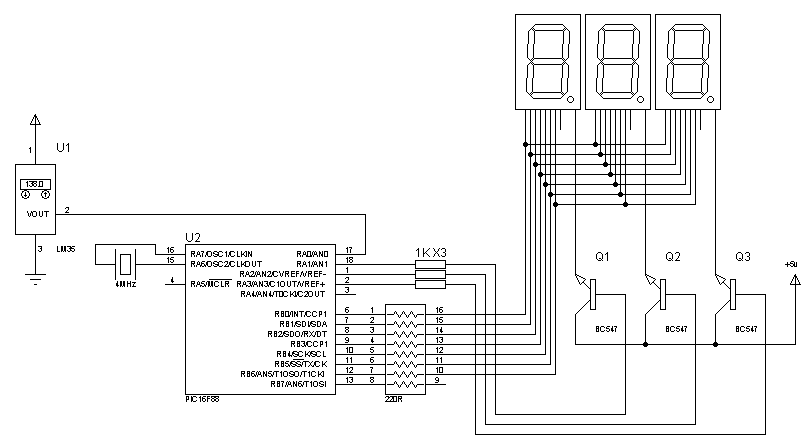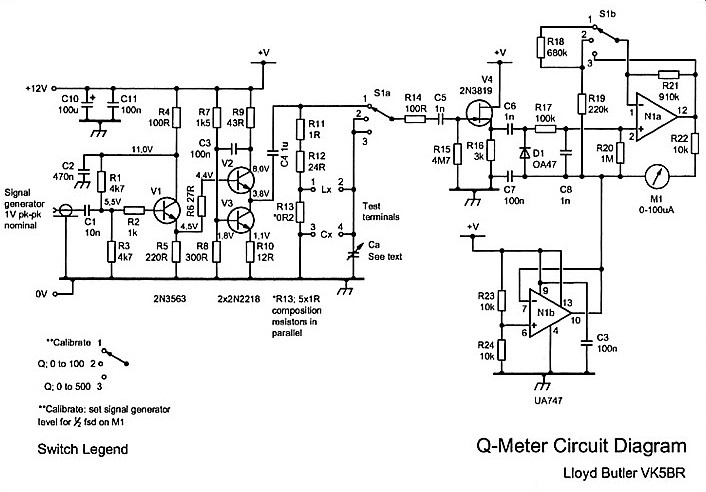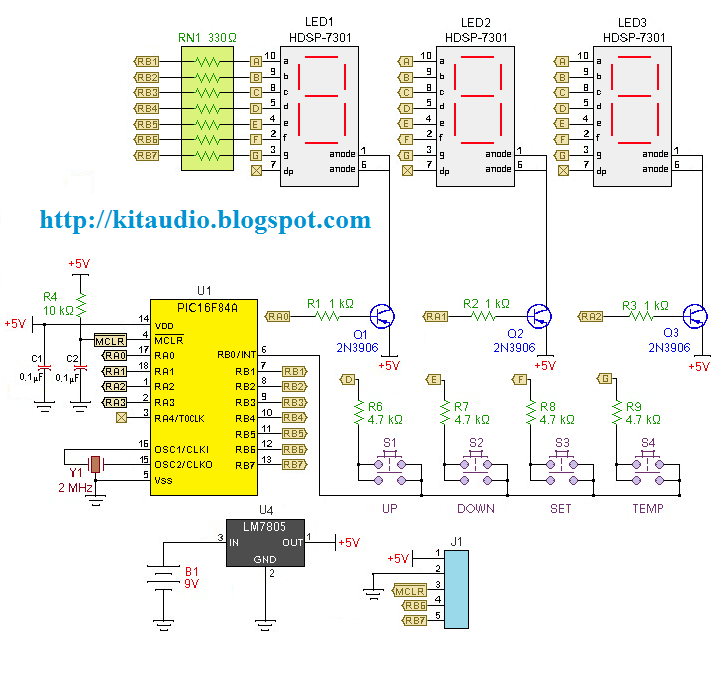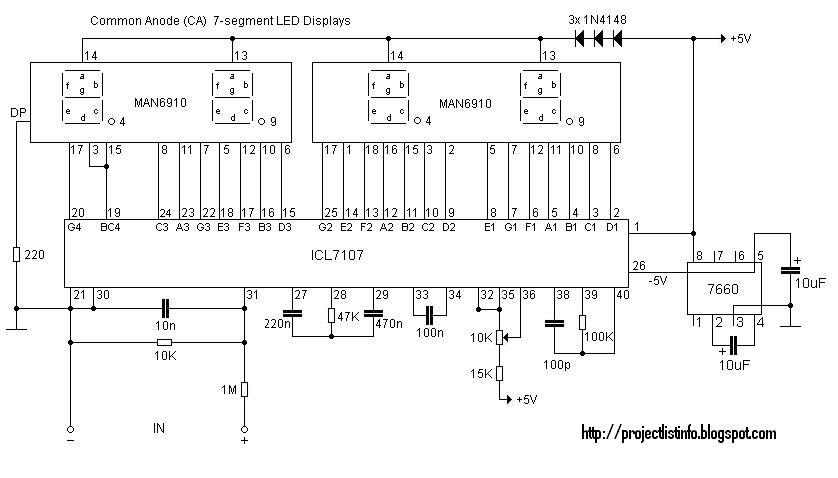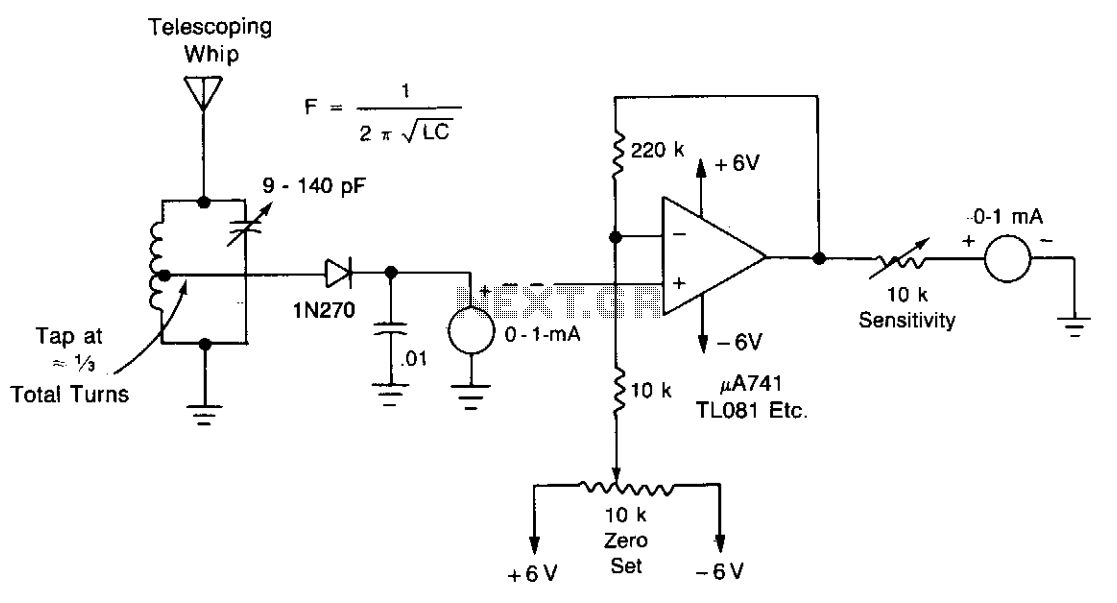
Revolution Meter
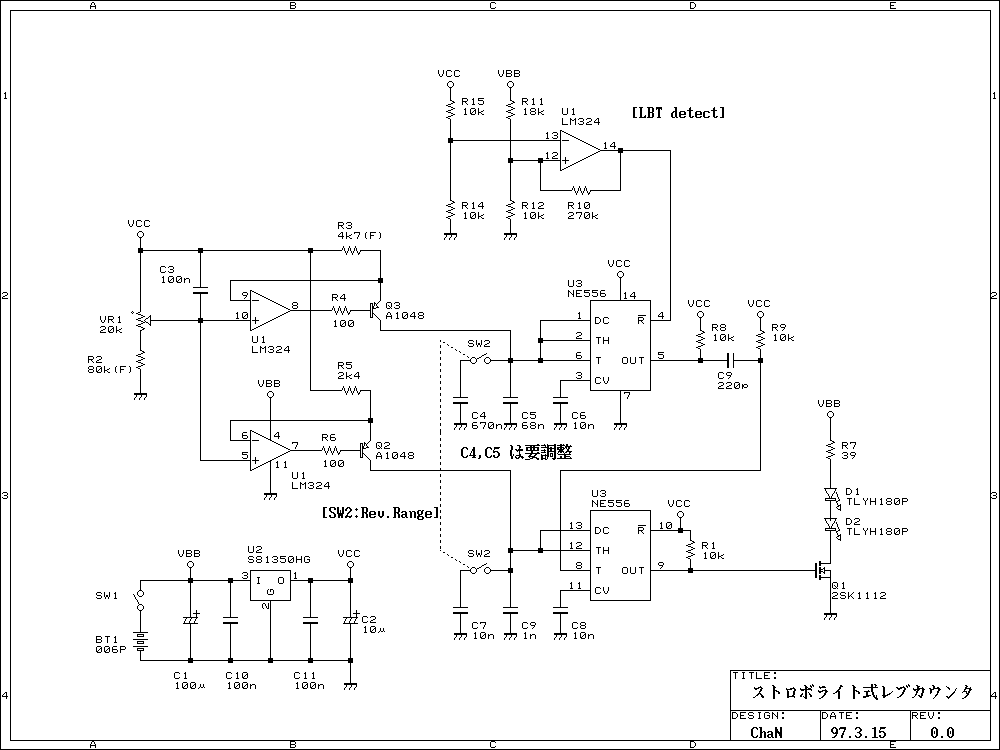
This is a simple rev-counter which can measure up to 100,000 rpm with method of strobe synchronization. Its usage is easy. Put a marker on the shaft before measuring, light on the shaft by flashing LED and adjust flashing frequency with the potentiometer as keeping the marker still. The rotation will able to be read from scale of the dial. To avoid measurement error due to unintentional second or more harmonic lock, it should scan from higher value to lower value.
The rev-counter described operates on the principle of strobe synchronization, a technique that allows for accurate measurement of rotational speed by visually freezing the motion of a rotating object. The system consists of several key components: a light source, typically an LED, a frequency adjustment mechanism (potentiometer), and a dial for displaying the measured RPM.
To set up the rev-counter, a marker is placed on the rotating shaft. The LED emits light that flashes at a frequency adjustable via the potentiometer. As the frequency of the LED's flashing is varied, it is synchronized with the rotation of the shaft. When the flashing frequency matches the rotational speed of the shaft, the marker appears stationary to the observer, indicating the exact RPM.
The design must account for potential measurement errors, particularly those arising from harmonic locking. This occurs when the system inadvertently synchronizes with a harmonic of the fundamental frequency, leading to inaccurate readings. To mitigate this issue, the device is designed to scan from a higher RPM value to a lower RPM value, ensuring that the correct fundamental frequency is detected first.
The circuit would typically include a microcontroller or frequency counter to process the signals from the LED and the shaft marker. The microcontroller can be programmed to interpret the frequency of the LED flashes and convert this into a readable RPM value displayed on a dial or digital display. Additionally, filtering circuits may be implemented to eliminate noise and enhance the accuracy of the measurements.
In summary, the rev-counter is a precise instrument for measuring high rotational speeds through strobe synchronization, providing an intuitive user interface and a robust design to minimize measurement errors.This is a simple rev-counter which can measure up to 100,000 rpm with method of strobe synchronization. Its usage is easy. Put a marker on the shaft before measureing, light on the shaft by flashing LED and adjust flashing frequency with the potentiometer as keeping the marker still.
The rotation will able to be read from scale of the dial. To avoid measurment error due to unintentional second or more harmonic lock, it should scan from higher value to lower value. 🔗 External reference
The rev-counter described operates on the principle of strobe synchronization, a technique that allows for accurate measurement of rotational speed by visually freezing the motion of a rotating object. The system consists of several key components: a light source, typically an LED, a frequency adjustment mechanism (potentiometer), and a dial for displaying the measured RPM.
To set up the rev-counter, a marker is placed on the rotating shaft. The LED emits light that flashes at a frequency adjustable via the potentiometer. As the frequency of the LED's flashing is varied, it is synchronized with the rotation of the shaft. When the flashing frequency matches the rotational speed of the shaft, the marker appears stationary to the observer, indicating the exact RPM.
The design must account for potential measurement errors, particularly those arising from harmonic locking. This occurs when the system inadvertently synchronizes with a harmonic of the fundamental frequency, leading to inaccurate readings. To mitigate this issue, the device is designed to scan from a higher RPM value to a lower RPM value, ensuring that the correct fundamental frequency is detected first.
The circuit would typically include a microcontroller or frequency counter to process the signals from the LED and the shaft marker. The microcontroller can be programmed to interpret the frequency of the LED flashes and convert this into a readable RPM value displayed on a dial or digital display. Additionally, filtering circuits may be implemented to eliminate noise and enhance the accuracy of the measurements.
In summary, the rev-counter is a precise instrument for measuring high rotational speeds through strobe synchronization, providing an intuitive user interface and a robust design to minimize measurement errors.This is a simple rev-counter which can measure up to 100,000 rpm with method of strobe synchronization. Its usage is easy. Put a marker on the shaft before measureing, light on the shaft by flashing LED and adjust flashing frequency with the potentiometer as keeping the marker still.
The rotation will able to be read from scale of the dial. To avoid measurment error due to unintentional second or more harmonic lock, it should scan from higher value to lower value. 🔗 External reference
